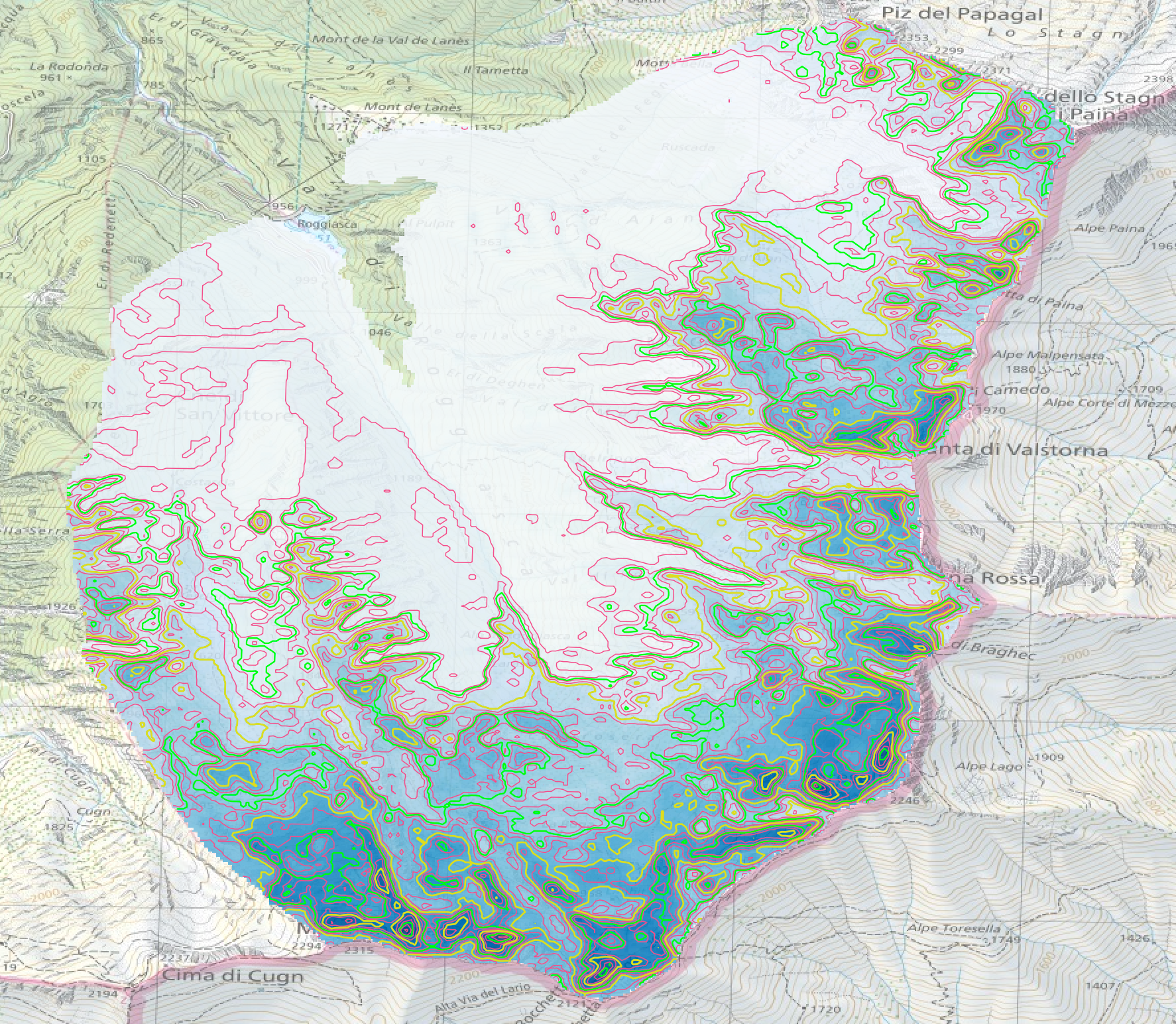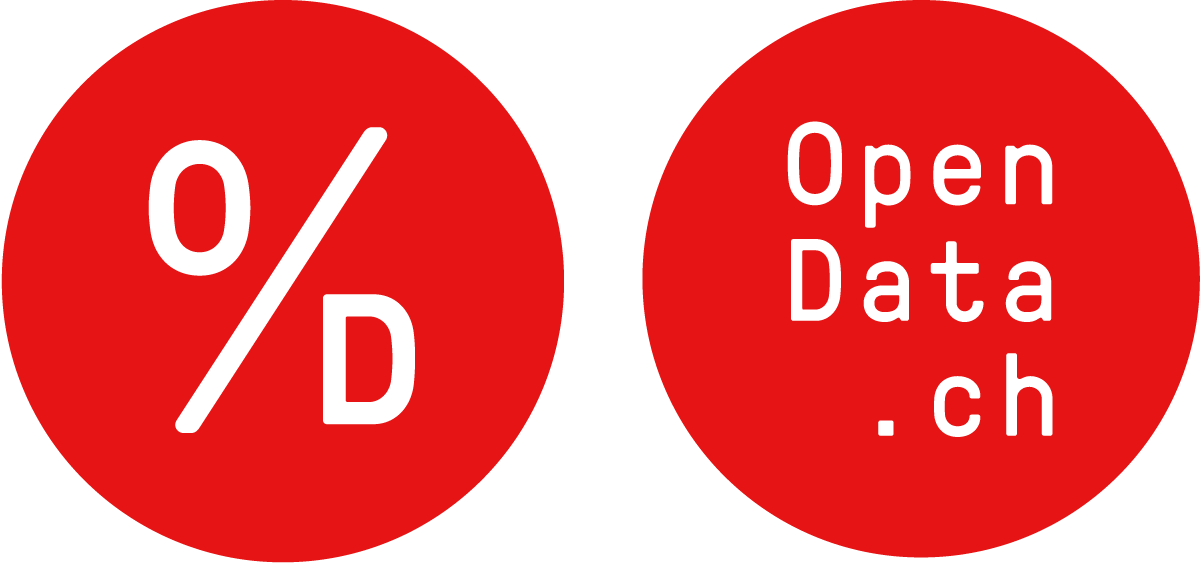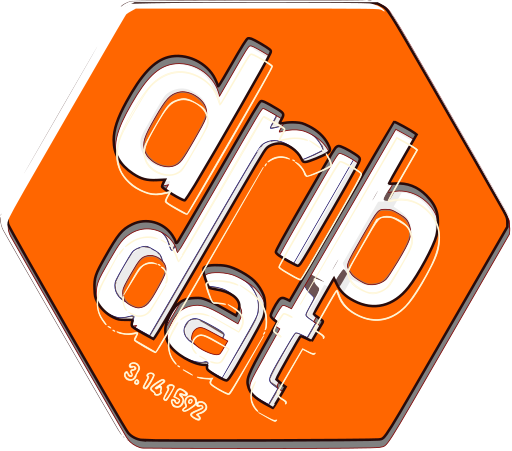Active projects and challenges as of 19.11.2024 09:24.
Show full text Print CSV Data Package

Building Energy Insights
Energy Data Hackdays 2023

Digitaler Helfer im Obstbau
Open Farming Hackdays 2024

Exploring the Federal Supreme Court
Open Legal Lab 2024

Lebensmittel Label Creator
Open Farming Hackdays 2024

Legal Prompt Builder
Open Legal Lab 2024

OptiFood-Game
GovTech Hackathon 2024

Schneereserven der Schweizer Stauanlagen
GovTech Hackathon 2024

Tracking down colonial and racist traces in Geneva
GLAMhack 2023

parler Stadtparlament
Open Data Hack St.Gallen
Challenges
Antikythera Mechanism
GLAMhack 2024

Geospatial data for paddle sports in CH
Swiss Paddel Buch started following a sea kayaking roundtable meeting organised by Swiss Canoe in June 2021, and has continued under the Swiss Canoe Sea Kayaking Committee.The main goal of this project is to provide a central, nation-wide store of information for all types of paddlers in Switzerland, to enable members of the paddle sports community to better plan their trips and explore new waterways.

#hackathons4humans
Hackathons Refugees Teams
Bringing high-skill refugees and jobs together through diverse hackathon teams


